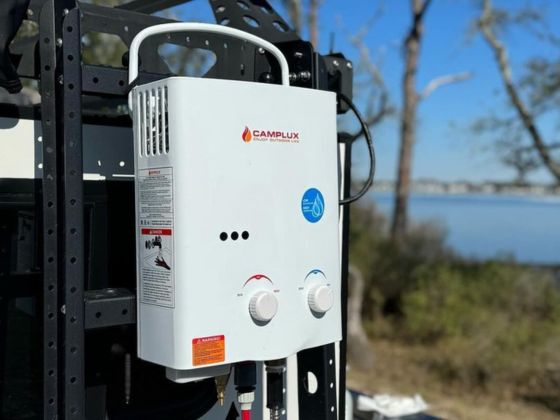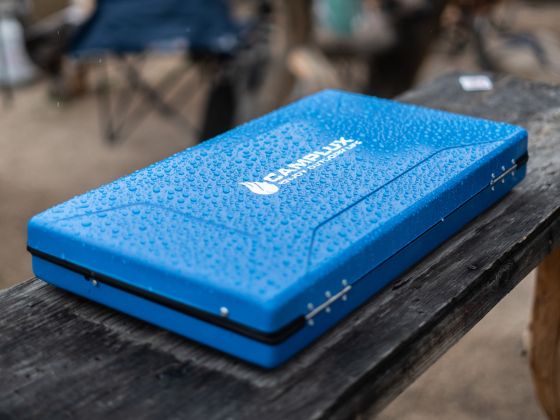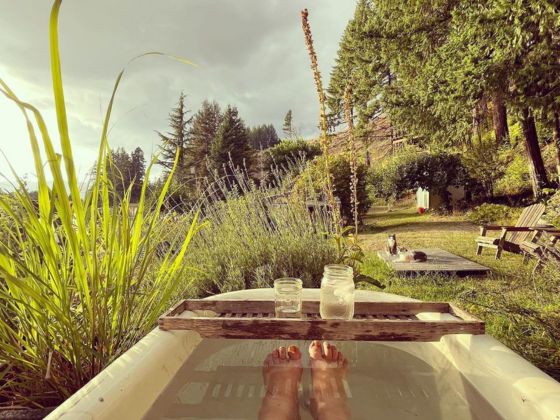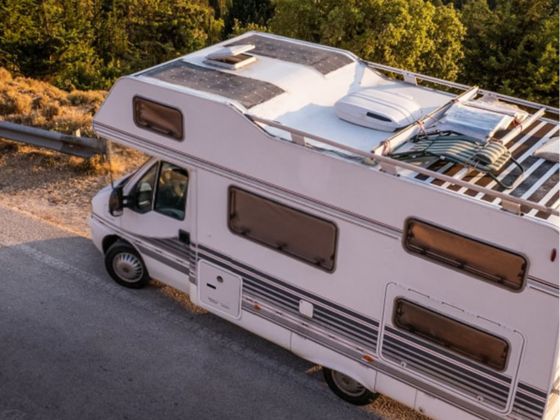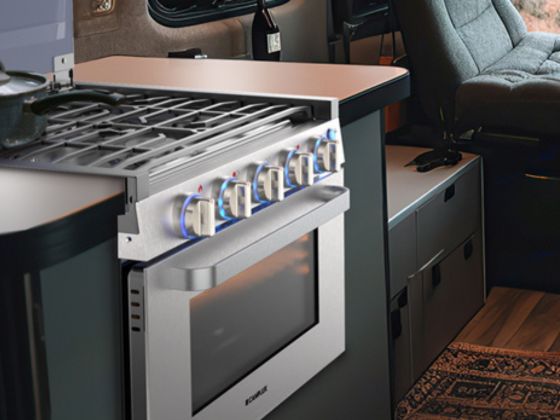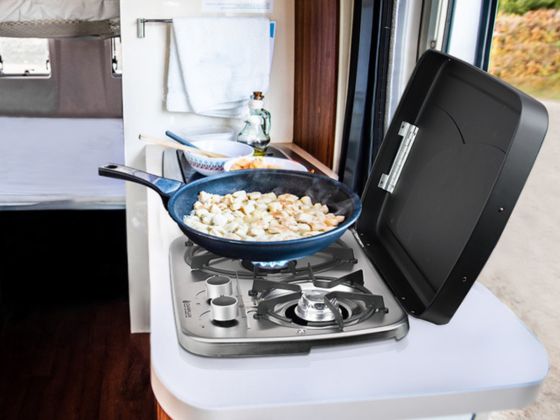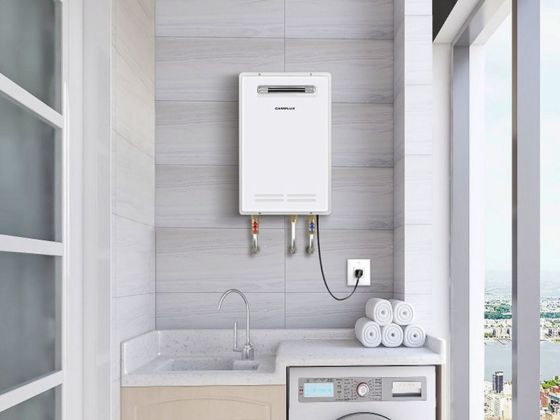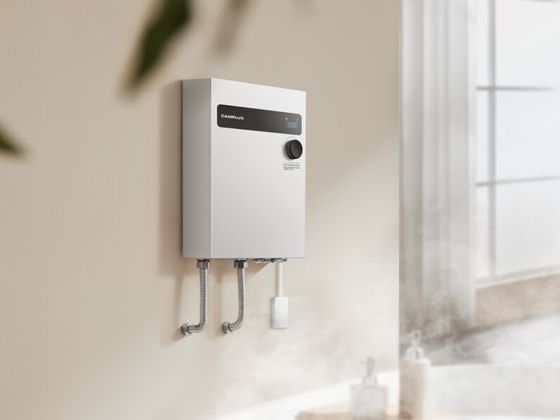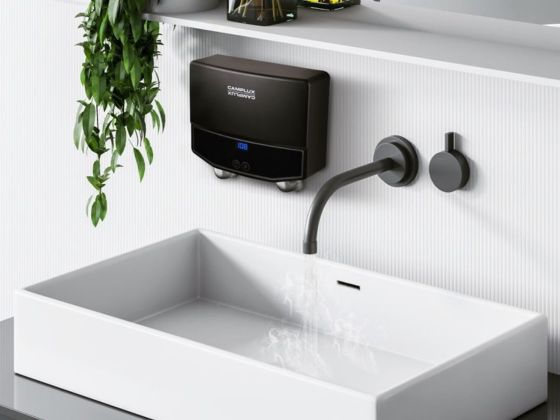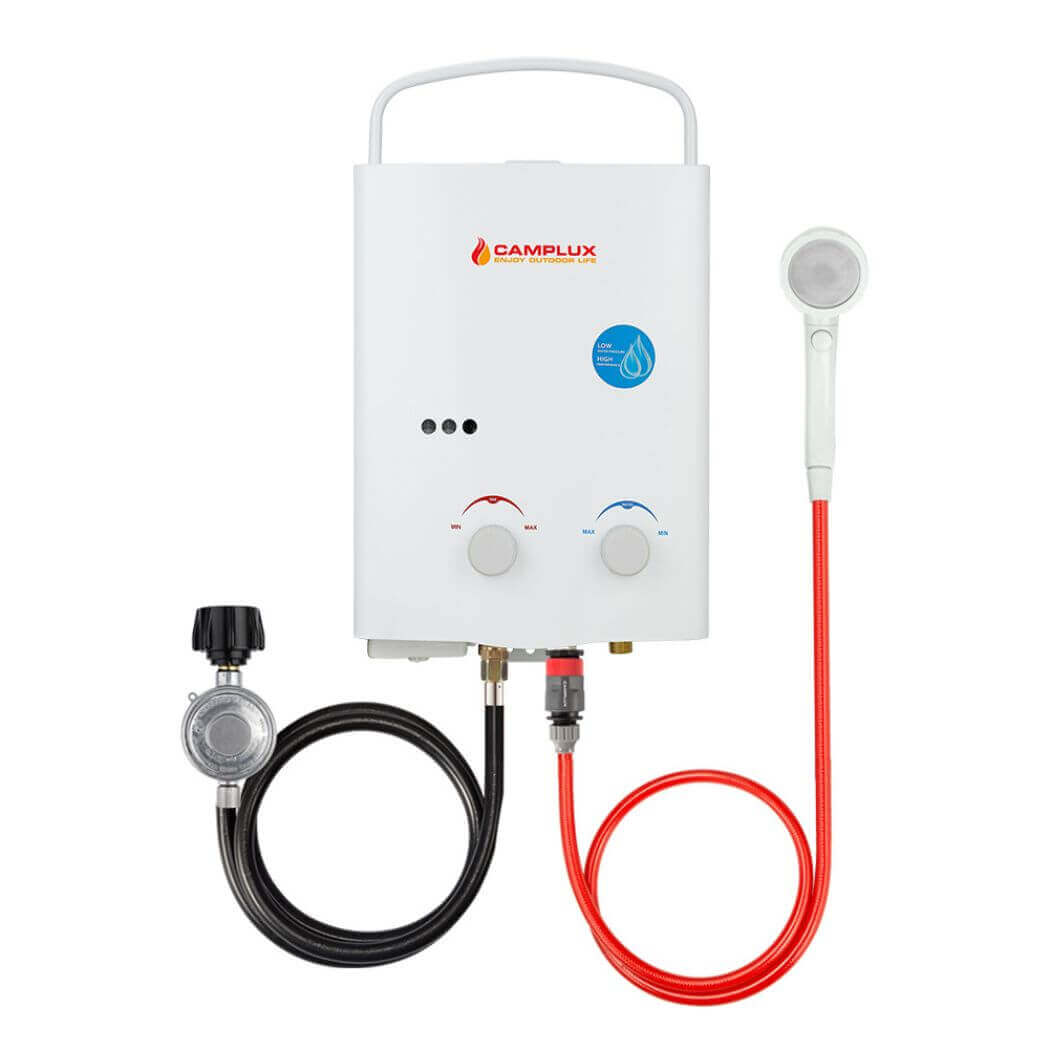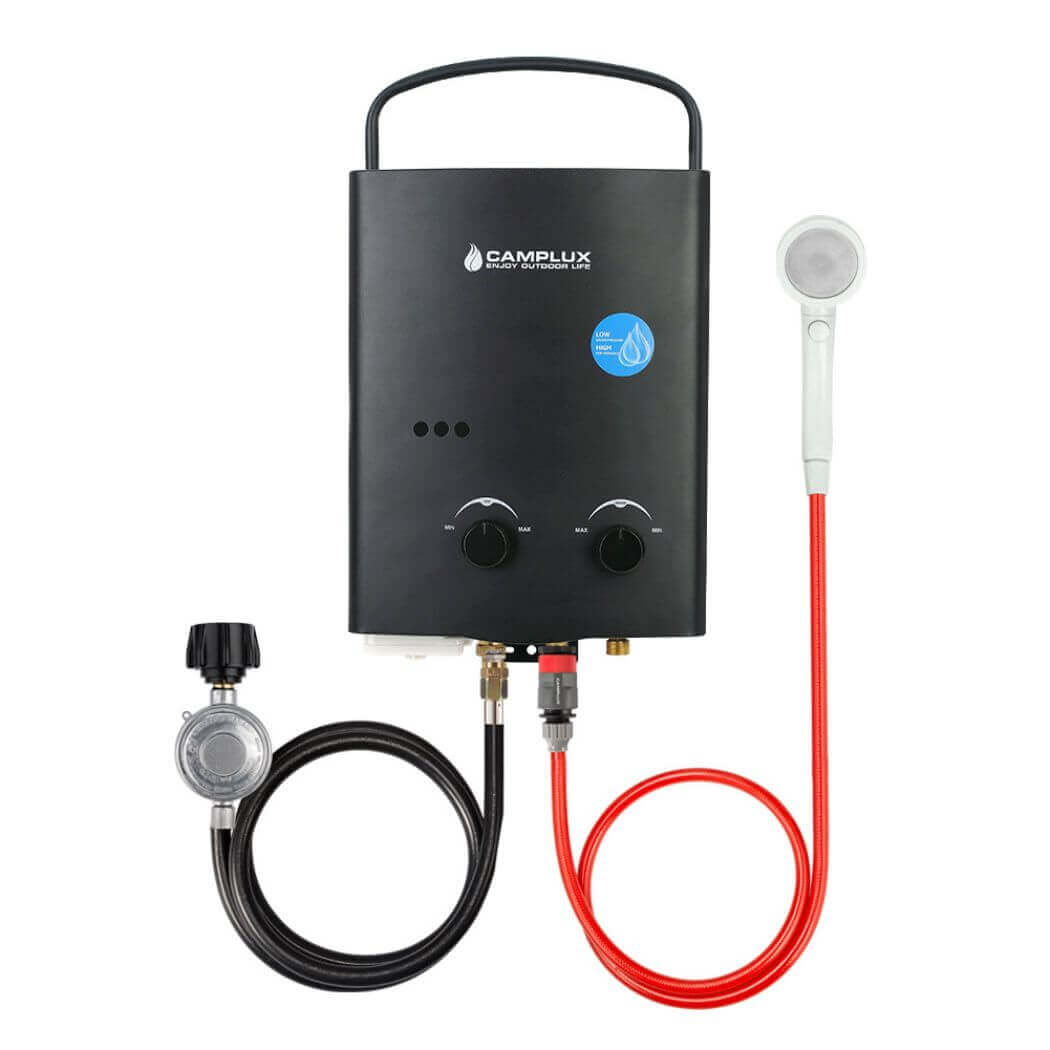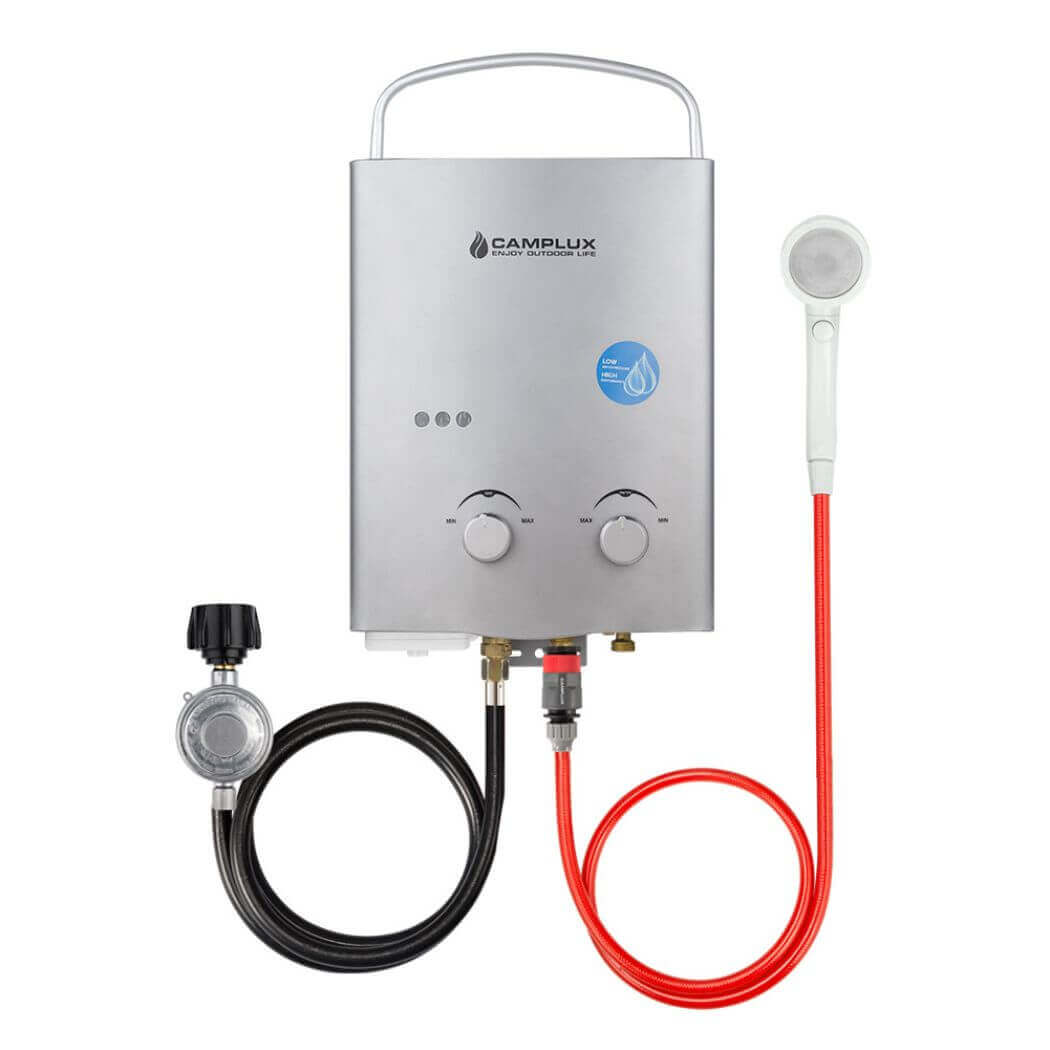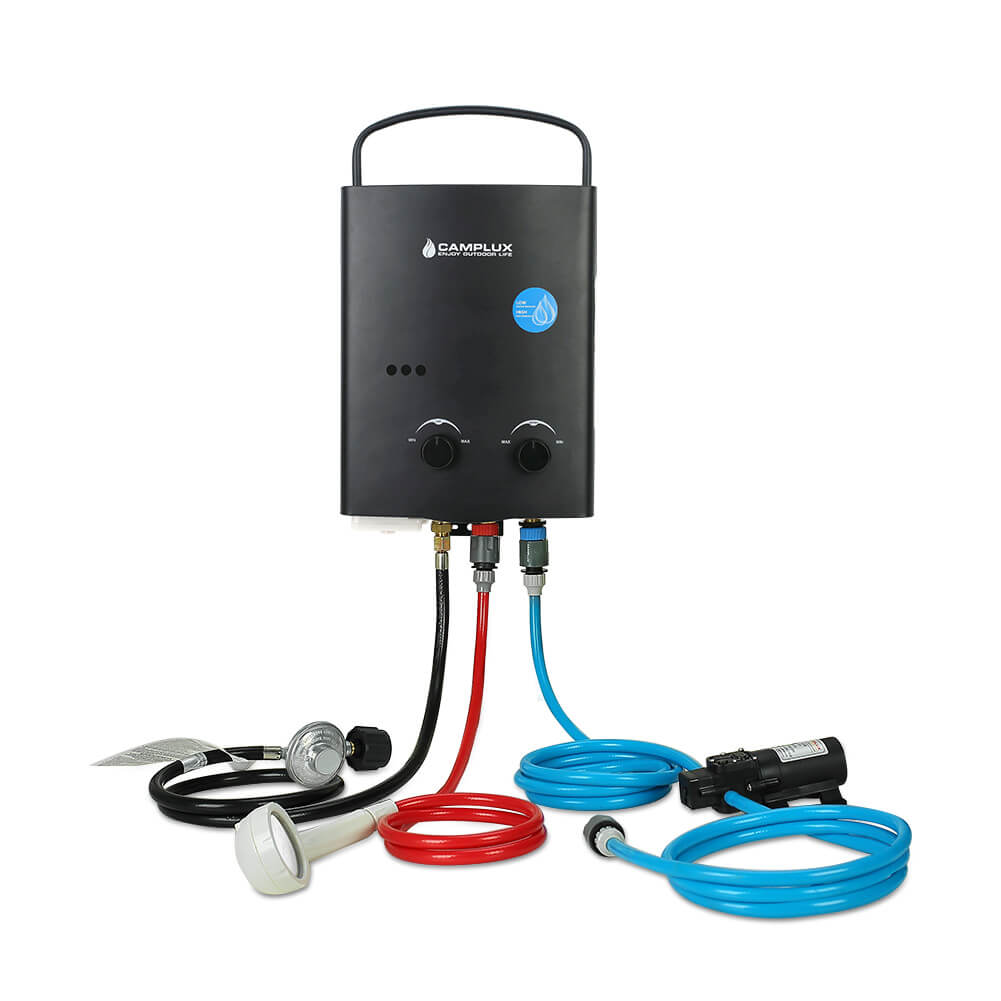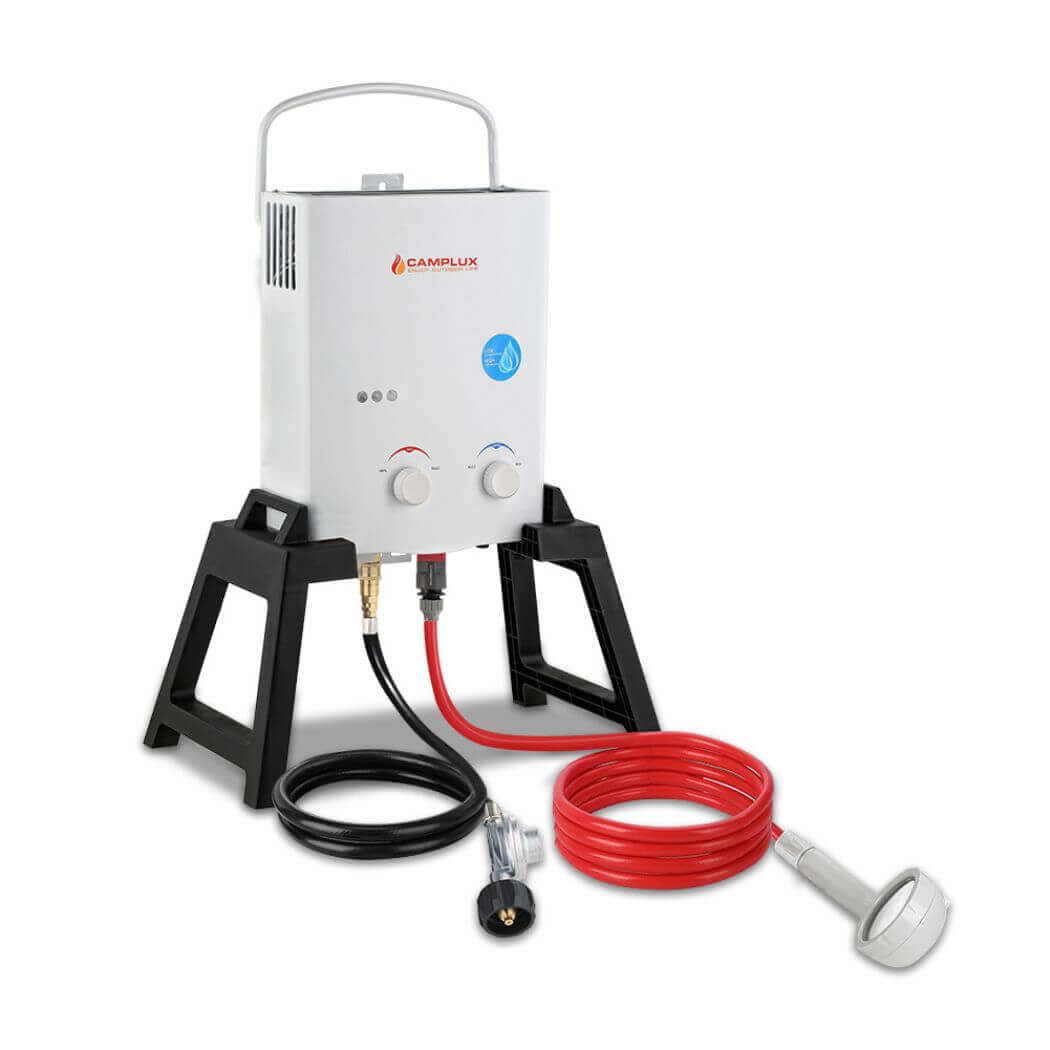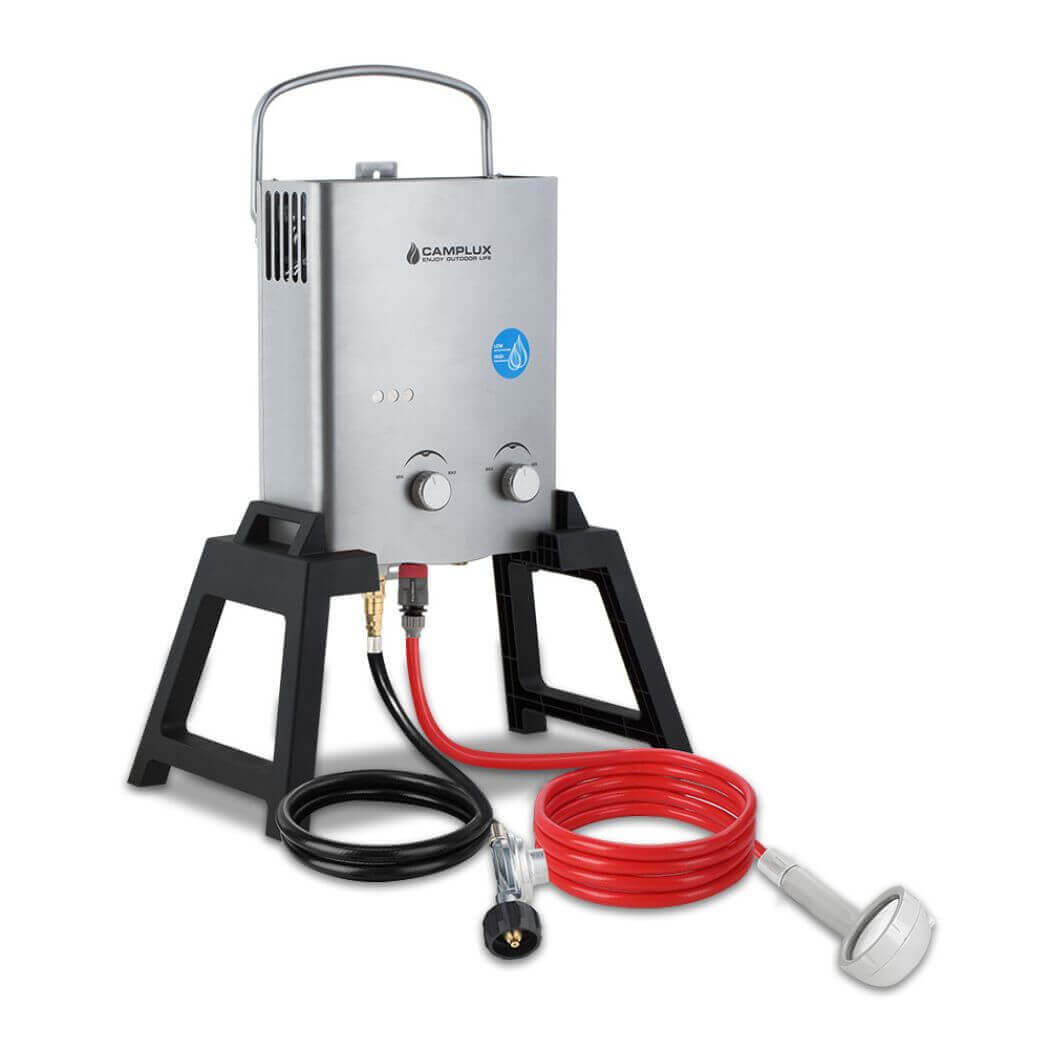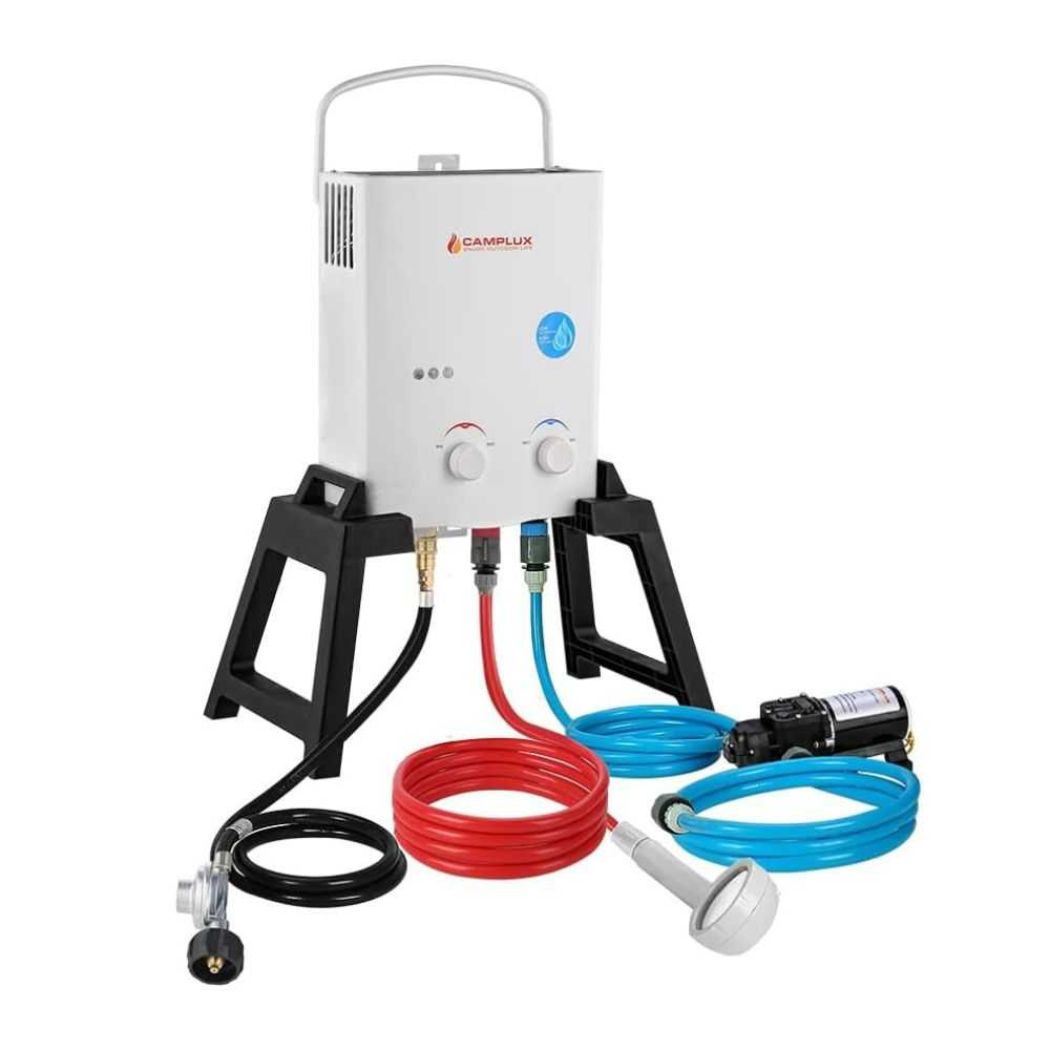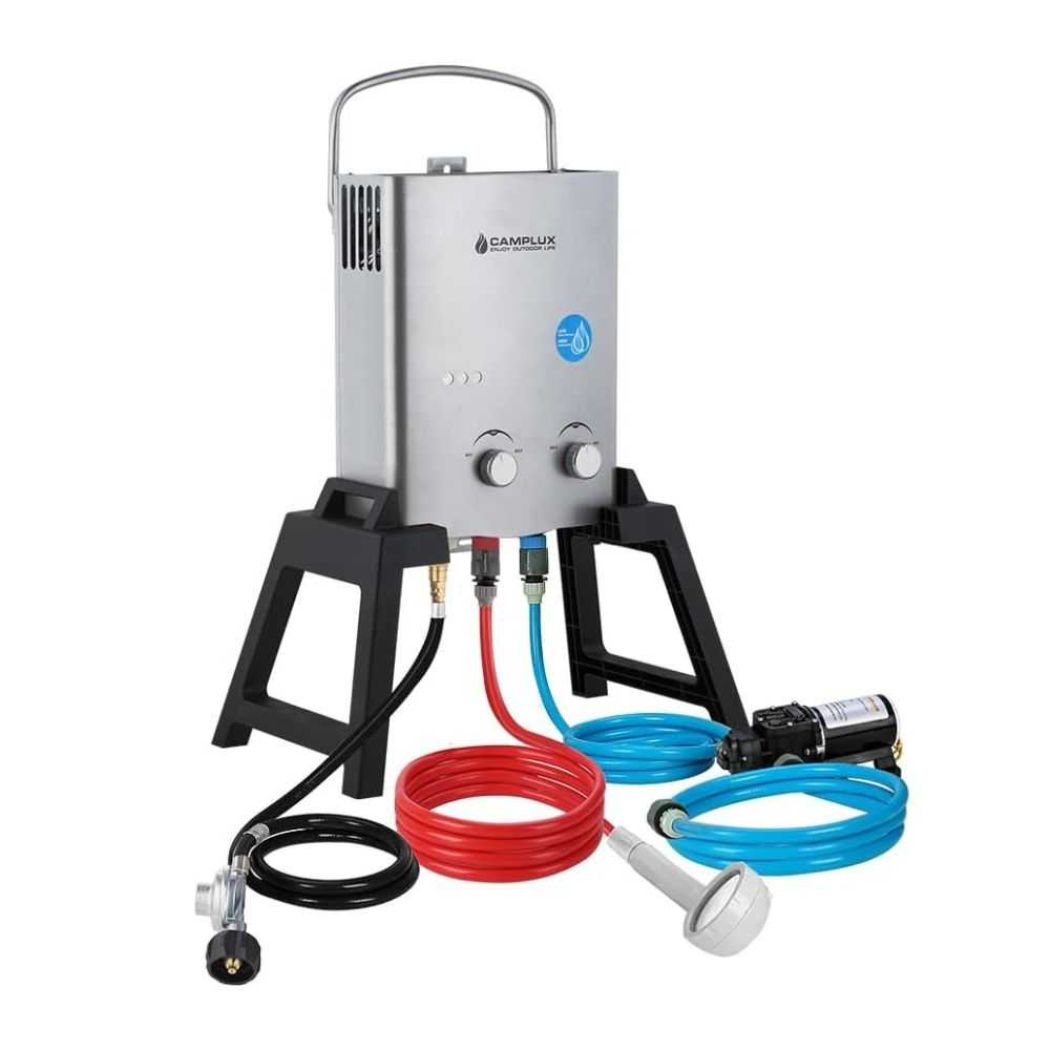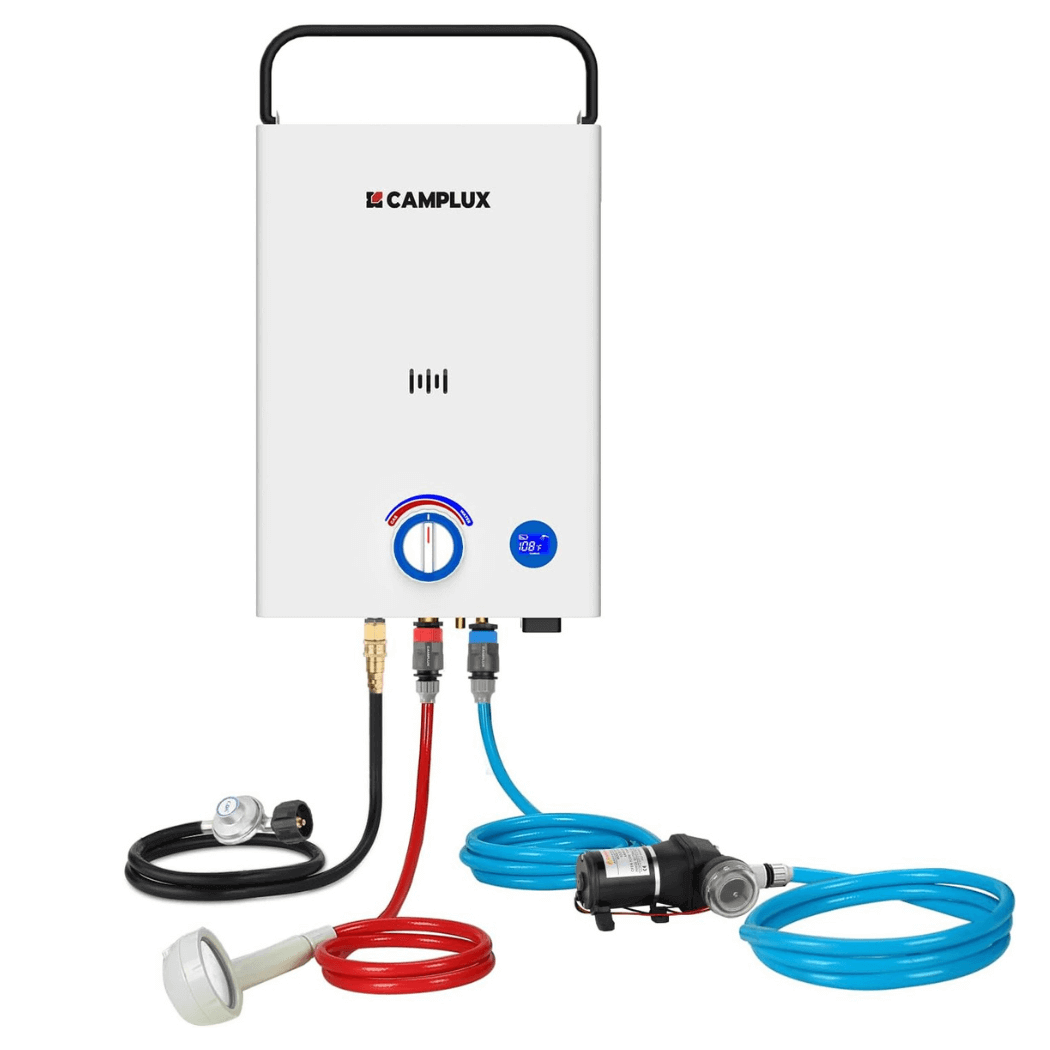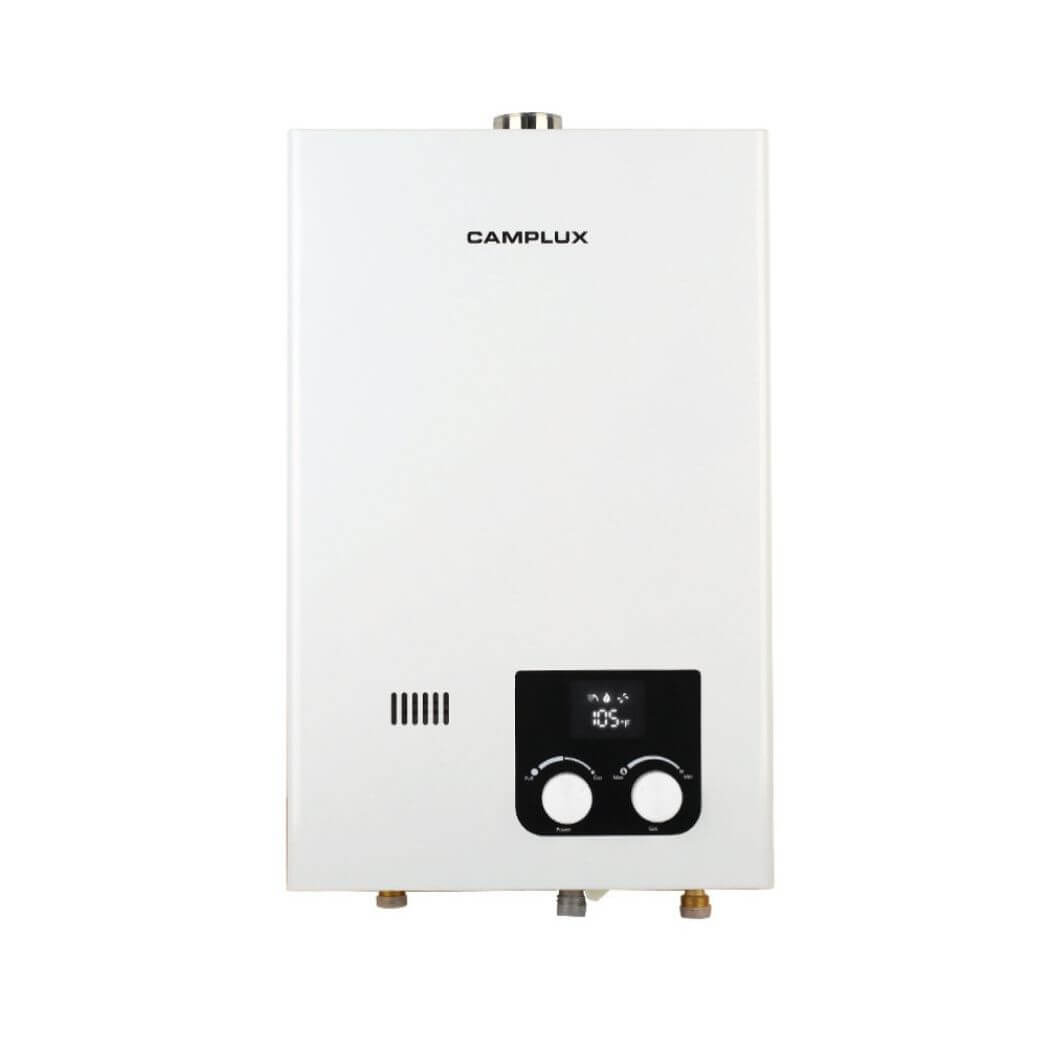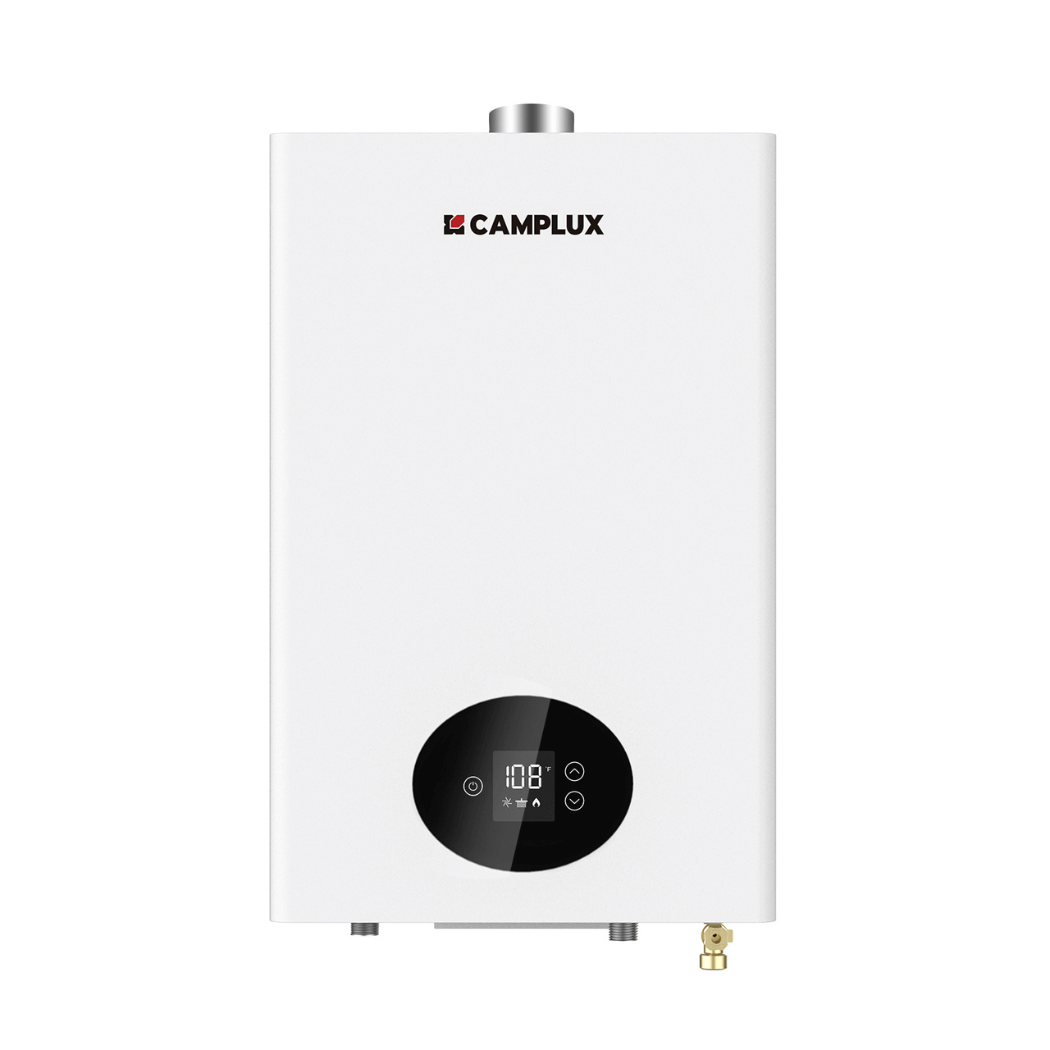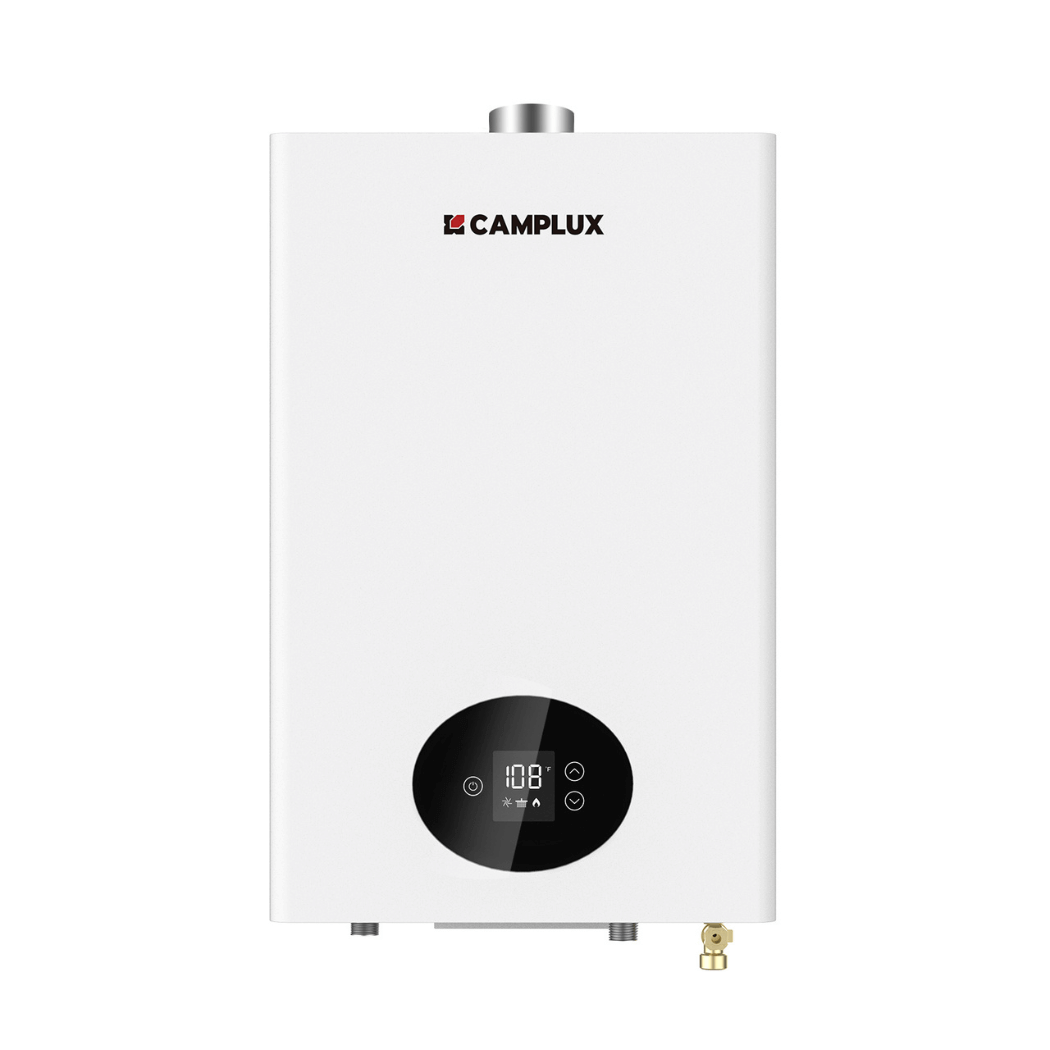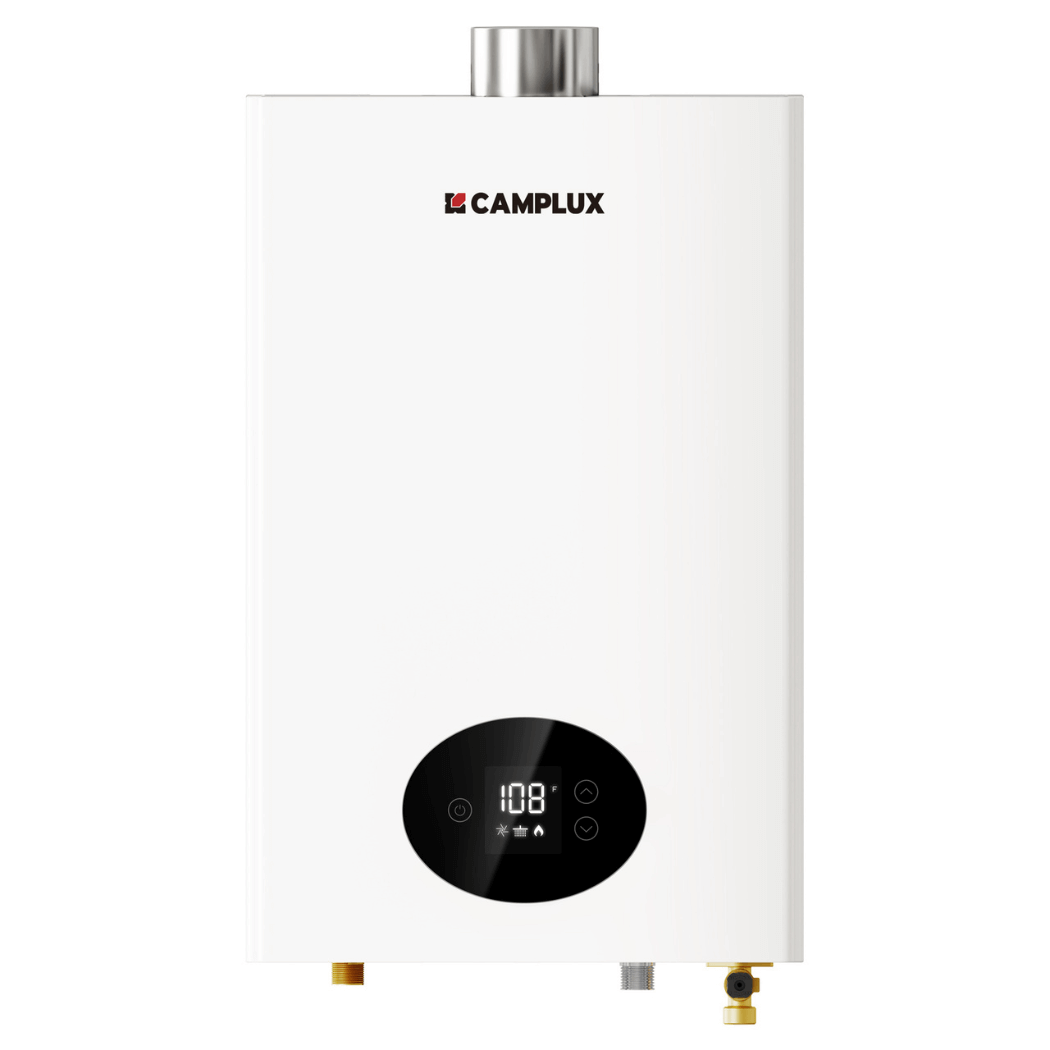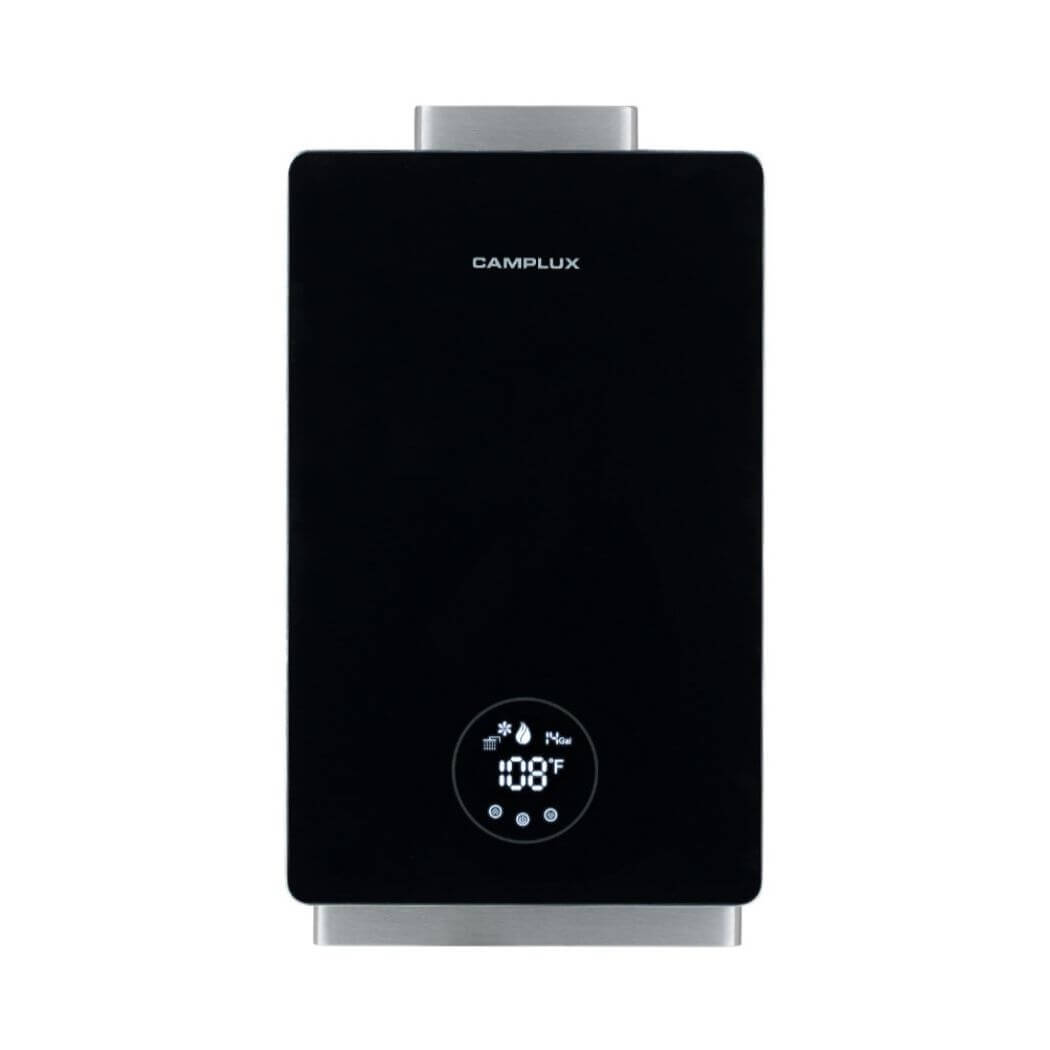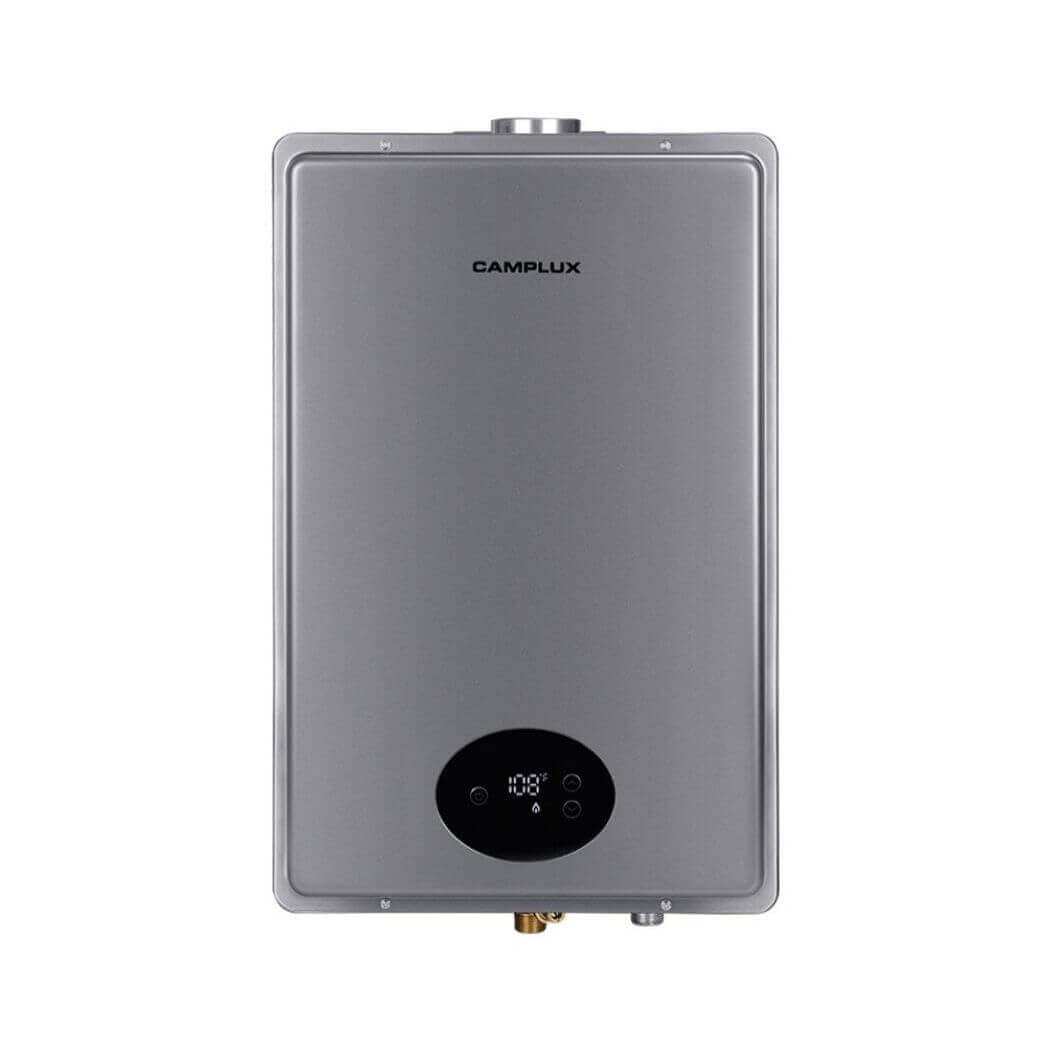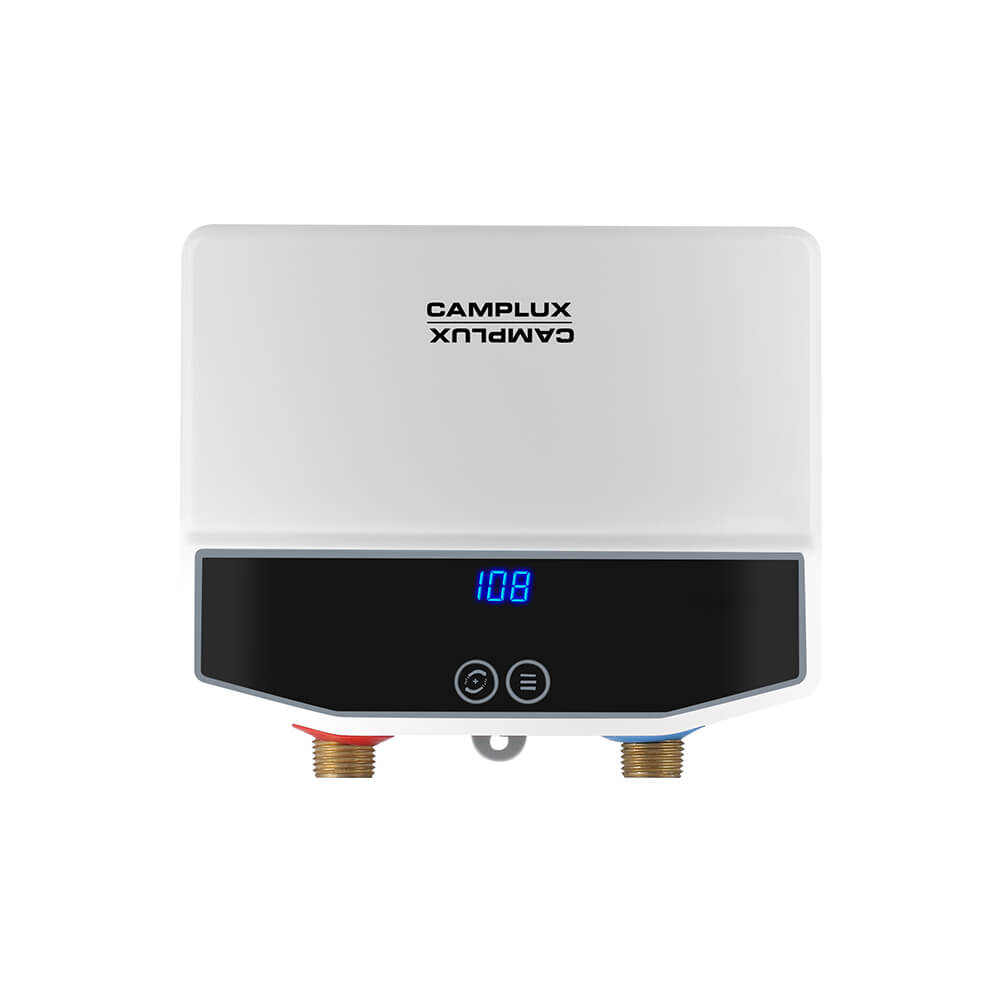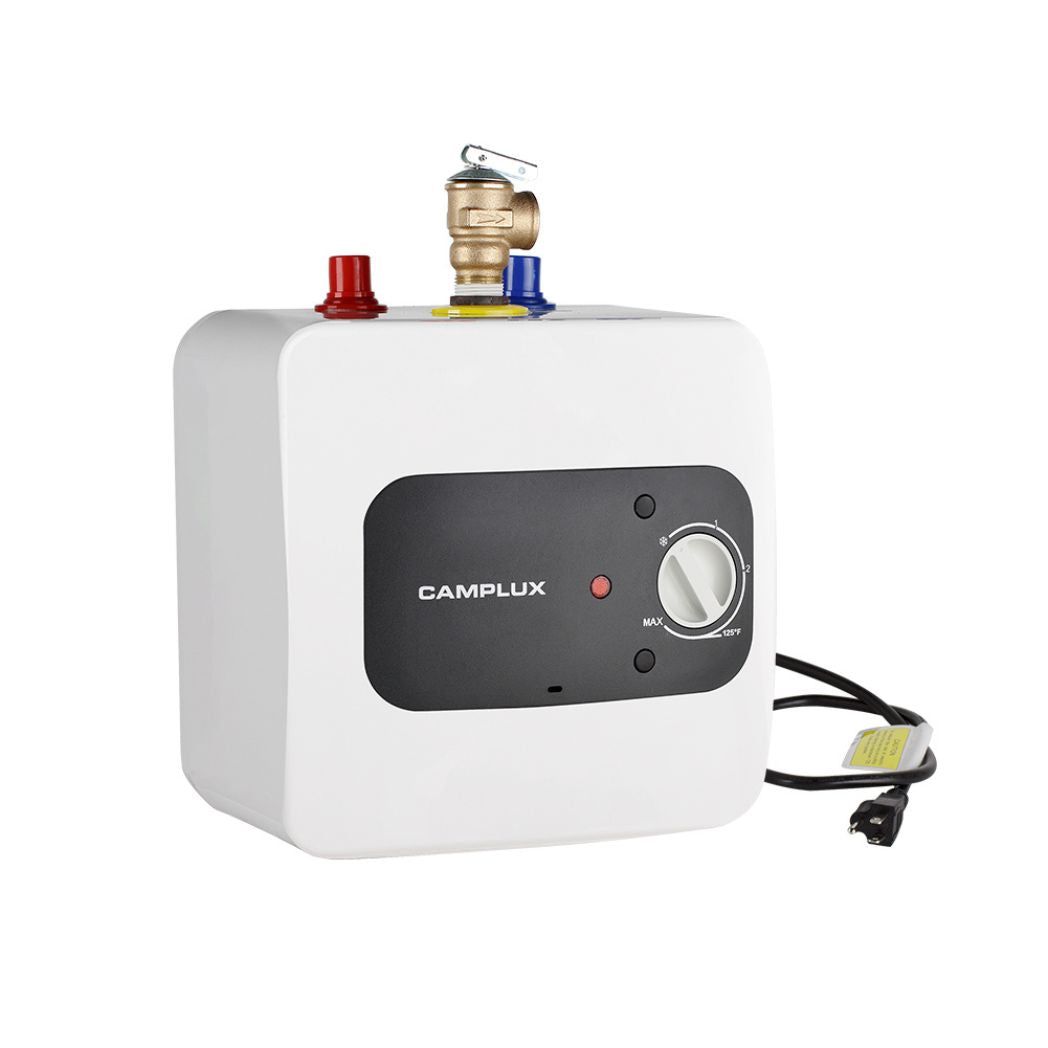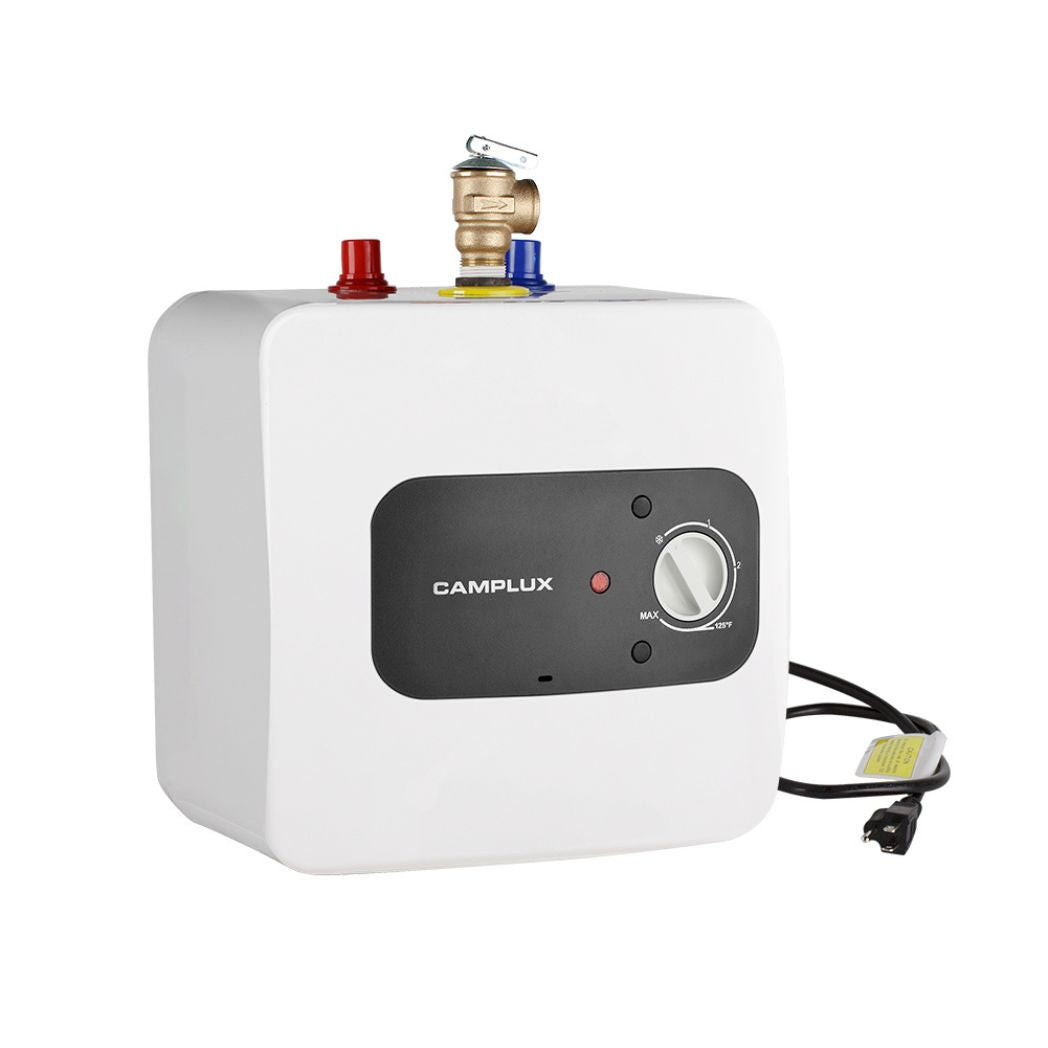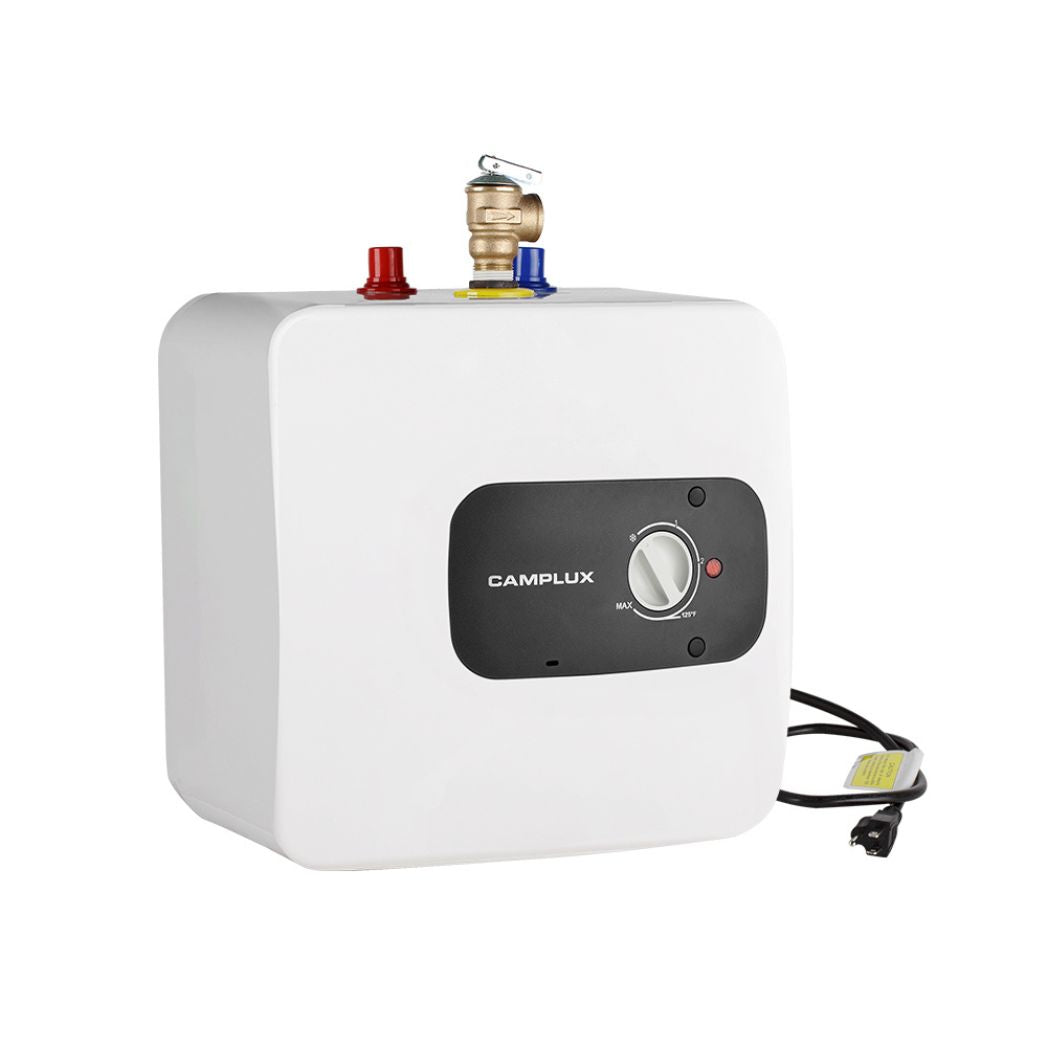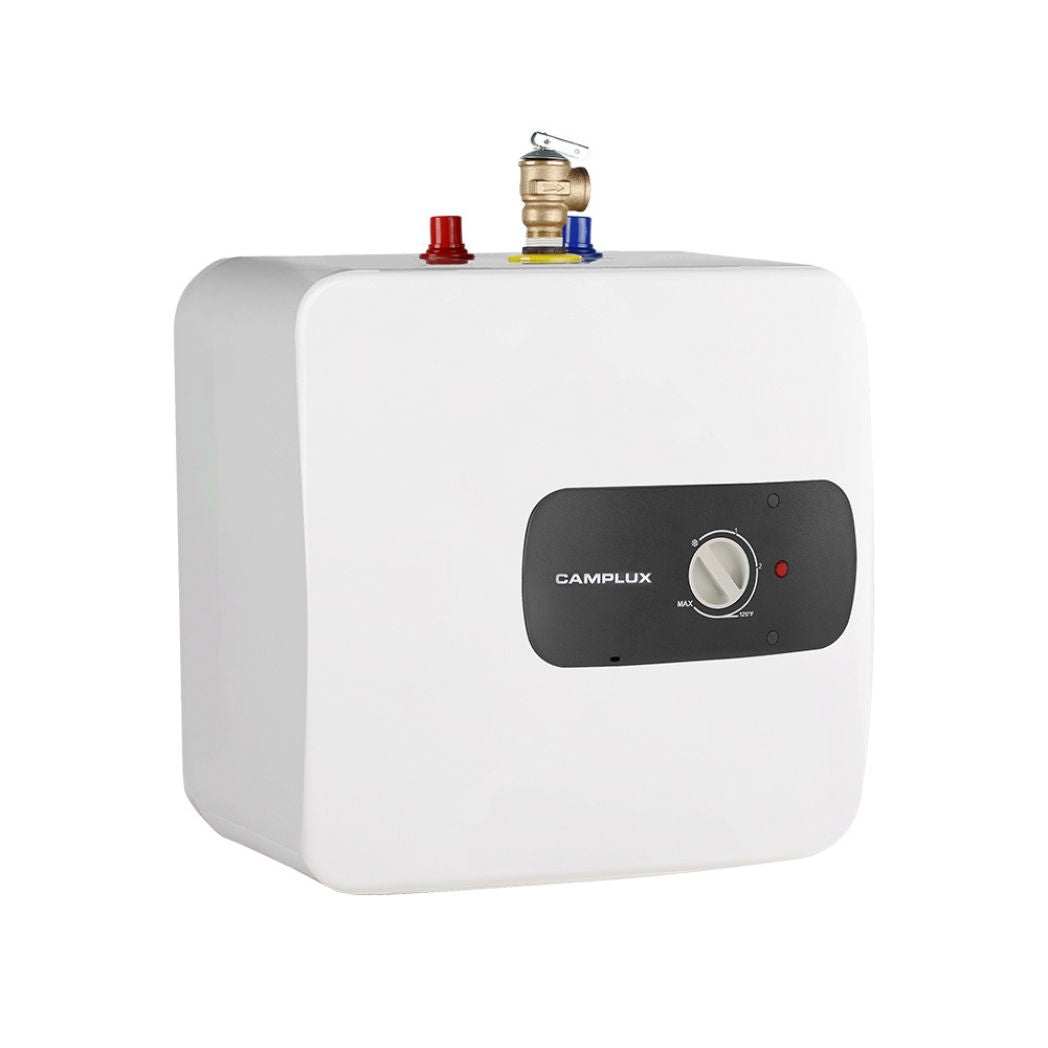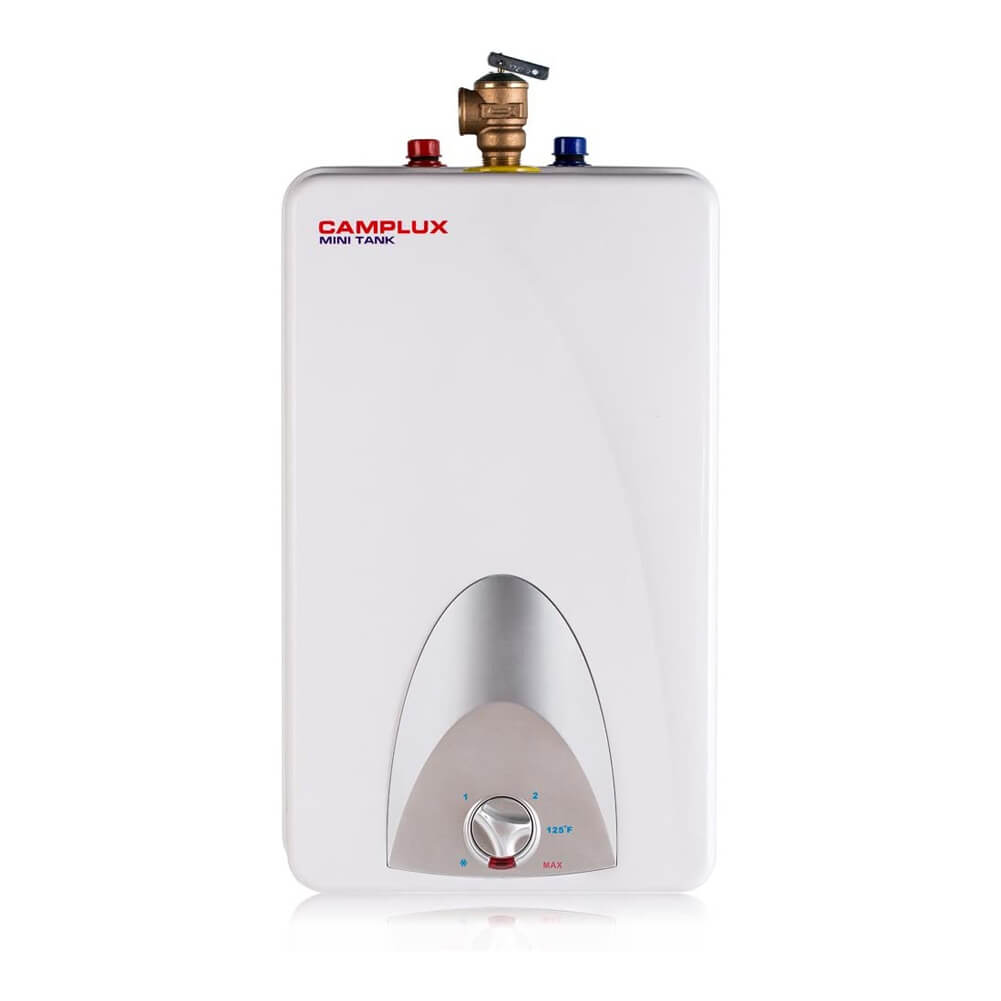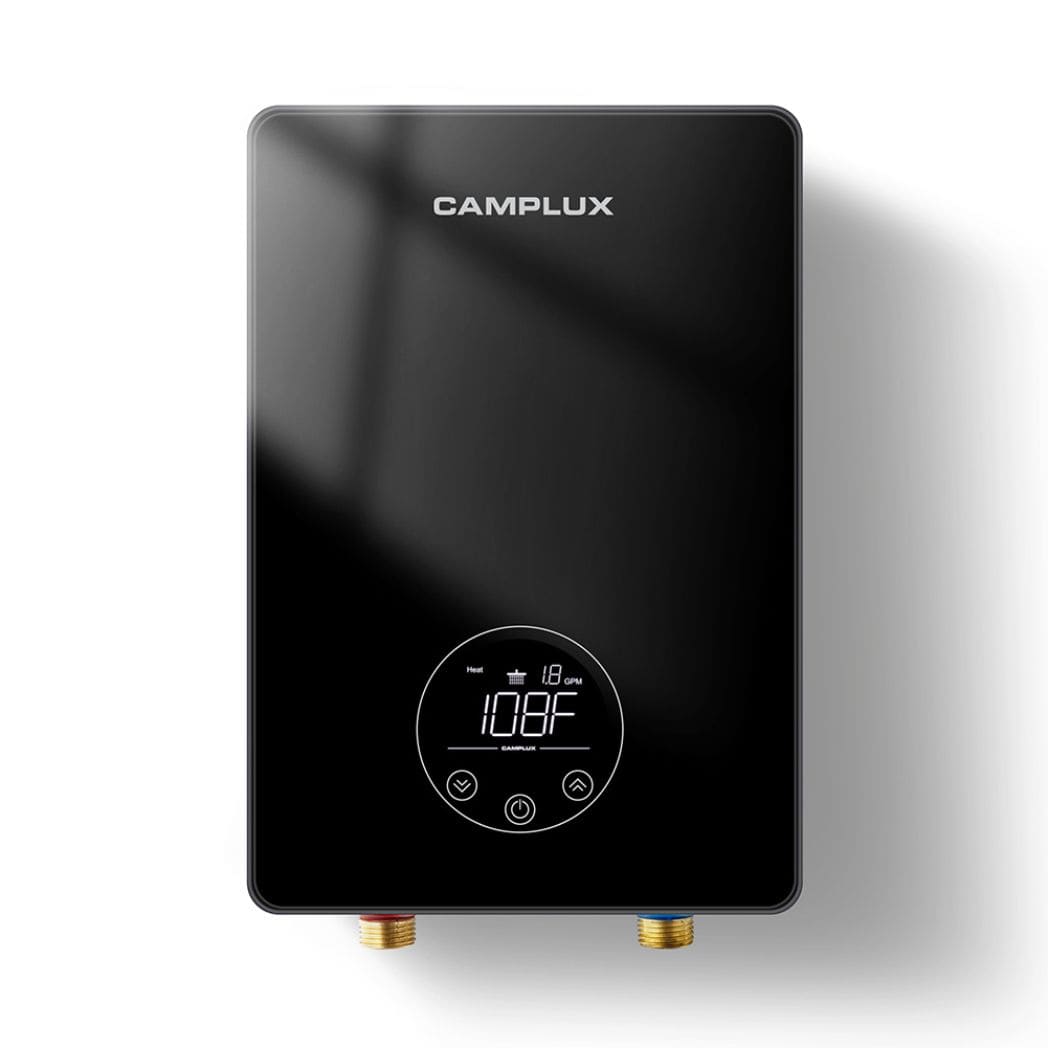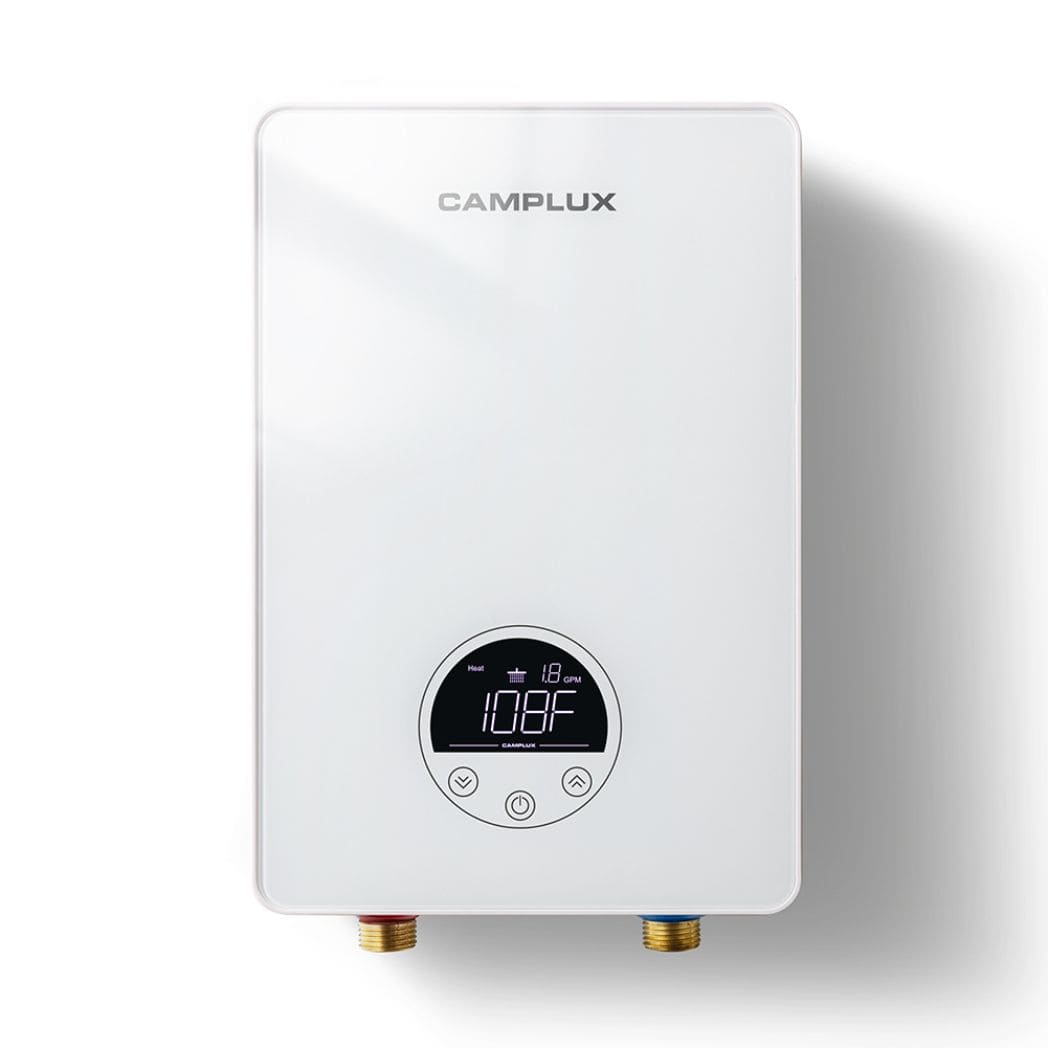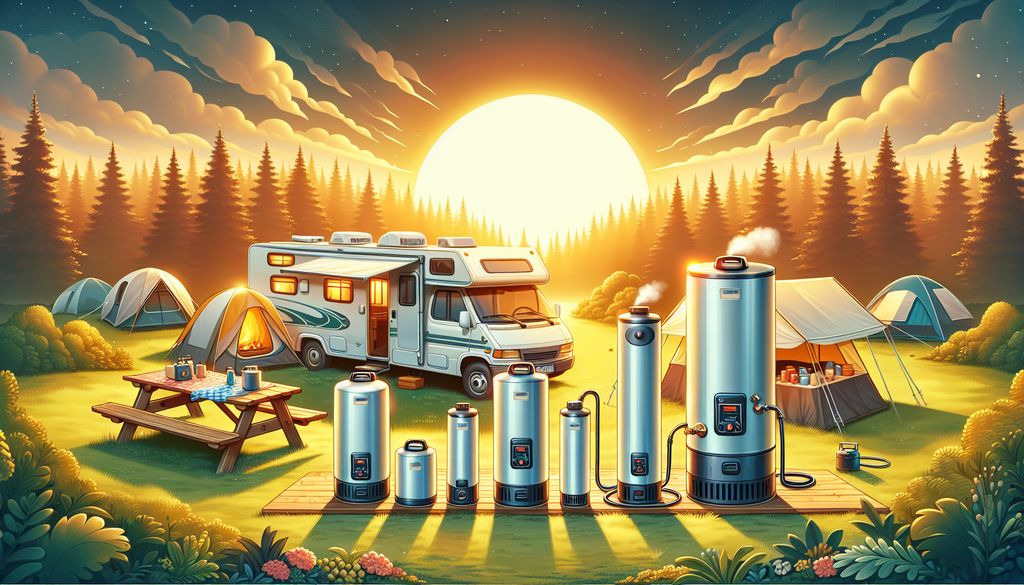Choosing the right size of tankless water heater is crucial for ensuring a constant supply of hot water in your home. There are several factors to consider, such as hot water demand, flow rate, temperature rise, and energy efficiency. In this article, we will discuss these factors in detail and provide sizing guidelines to help you choose the right size of tankless water heater. We will also cover installation considerations and maintenance tips to ensure the longevity of your tankless water heater.
Key Takeaways
- Consider your hot water demand and calculate the required flow rate.
- Calculate the temperature rise needed to meet your hot water needs.
- Choose a tankless water heater size that can meet your hot water demands.
- Take into account the available space, electrical requirements, venting options, and water supply when installing a tankless water heater.
- Regular maintenance, warranty coverage, water quality, and scaling prevention are important for the longevity of your tankless water heater.
Factors to Consider
Hot Water Demand
Determining the hot water demand is the first step in choosing the right size of tankless water heater. It is important to consider the number of fixtures and appliances that will be using hot water simultaneously. A simple way to estimate the hot water demand is by using the following table:
| Fixture or Appliance | Average Gallons Per Minute (GPM) |
|---|---|
| Shower | 2.5 |
| Kitchen Sink | 1.5 |
| Bathroom Sink | 0.5 |
Keep in mind that these values are approximate and may vary depending on the specific fixtures and appliances in your home. It is recommended to consult a professional plumber for a more accurate assessment of your hot water demand.
Flow Rate
The flow rate is an important factor to consider when choosing the right size of a tankless water heater. It refers to the amount of hot water that can be delivered per minute. To determine the flow rate, you need to consider the number of fixtures or appliances that will be using hot water simultaneously. For example, a showerhead typically has a flow rate of 2.5 gallons per minute (GPM), while a kitchen faucet may have a flow rate of 1.5 GPM. Calculating the total flow rate of all the fixtures and appliances in your home will help you determine the minimum flow rate requirement for the tankless water heater.
To ensure optimal performance, it is recommended to choose a tankless water heater with a flow rate that meets or exceeds your maximum hot water demand. This will prevent any issues with insufficient hot water supply during peak usage times. Keep in mind that the flow rate may vary depending on the temperature rise required.
Here is an example table that shows the flow rates of common fixtures and appliances:
| Fixture/Appliance | Flow Rate (GPM) |
|---|---|
| Showerhead | 2.5 |
| Kitchen Faucet | 1.5 |
| Bathroom Sink | 1.0 |
Remember, it's important to consider the flow rate along with other factors such as hot water demand and temperature rise when choosing the right size of a tankless water heater.
Temperature Rise
The temperature rise is an important factor to consider when choosing the right size of a tankless water heater. It refers to the difference between the temperature of the incoming water and the desired hot water temperature. The higher the temperature rise, the more powerful the water heater needs to be to meet the hot water demand.
To calculate the temperature rise, subtract the incoming water temperature from the desired hot water temperature. For example, if the incoming water temperature is 50°F and the desired hot water temperature is 120°F, the temperature rise would be 70°F.
It's important to note that a higher temperature rise requires a larger tankless water heater to ensure sufficient hot water supply. Therefore, accurately determining the temperature rise is crucial in choosing the right size of tankless water heater for your needs.
Energy Efficiency
When choosing a tankless water heater, energy efficiency is an important factor to consider. A higher energy efficiency rating means that the unit will consume less energy, resulting in lower utility bills. Look for models with a high Energy Factor (EF) rating, as this indicates better efficiency. Additionally, consider the energy-saving features offered by different brands and models.
To help you make an informed decision, here is a table comparing the energy efficiency ratings of some popular tankless water heaters:
| Model | Energy Factor |
|---|---|
| WA686 | 0.95 |
| CA528 | 0.94 |
| CM264 | 0.94 |
Keep in mind that while energy efficiency is important, it should not be the sole factor in choosing the right size of tankless water heater. Other factors such as hot water demand, flow rate, and temperature rise should also be considered.
Sizing Guidelines
Calculating Hot Water Demand
Calculating the hot water demand is an essential step in choosing the right size of a tankless water heater. It helps determine the amount of hot water needed in your household at peak times. To calculate the hot water demand, you can follow these steps:
- Estimate the number of people in your household who will be using hot water simultaneously. This includes family members, guests, and any appliances that require hot water.
- Determine the average hot water usage per person. This can vary depending on personal habits and lifestyle. A general guideline is to assume each person uses around 20-30 gallons of hot water per day.
- Multiply the number of people by the average hot water usage to get the total hot water demand in gallons per day.
It's important to note that these calculations provide an estimate and may vary based on individual circumstances. Consulting with a professional plumber can help ensure accurate calculations and proper sizing of the tankless water heater.
Tip: Consider future changes in your household, such as the addition of more family members or the installation of new appliances that require hot water.
Determining Flow Rate
Determining the flow rate of your household is an essential step in choosing the right size of tankless water heater. The flow rate is the amount of hot water that can be delivered per minute. To determine the flow rate, you can use a flow meter or calculate it based on the fixtures and appliances in your home.
One way to calculate the flow rate is by adding up the flow rates of all the fixtures and appliances that may be used simultaneously. For example, if you have a shower with a flow rate of 2 gallons per minute and a kitchen faucet with a flow rate of 1.5 gallons per minute, the total flow rate would be 3.5 gallons per minute.
It's important to consider the peak demand in your household when determining the flow rate. If you have multiple people using hot water at the same time, the flow rate should be able to accommodate the highest demand. This ensures that you have enough hot water for all your needs.
Once you have determined the flow rate, you can use this information to choose the right size of tankless water heater that can meet your hot water demands.
Calculating Temperature Rise
When determining the size of a tankless water heater, it is important to calculate the temperature rise accurately. The temperature rise refers to the difference between the desired hot water temperature and the temperature of the incoming cold water. To calculate the temperature rise, you can use the following formula:
Temperature Rise = Desired Hot Water Temperature - Incoming Cold Water Temperature
For example, if you want the hot water to be at 120 degrees Fahrenheit and the incoming cold water temperature is 50 degrees Fahrenheit, the temperature rise would be 70 degrees Fahrenheit.
It is crucial to calculate the temperature rise correctly as it directly affects the performance and efficiency of the tankless water heater. A higher temperature rise requires a larger unit to meet the hot water demand. Keep in mind that the temperature rise can vary depending on factors such as the climate and the distance between the water heater and the fixtures.
To ensure accurate calculations, it is recommended to consult the manufacturer's guidelines or seek professional assistance.
Choosing the Right Size
When it comes to choosing the right size of tankless water heater, there are a few key factors to consider. First, you need to calculate your hot water demand. This can be done by determining the number of fixtures and appliances that will be using hot water simultaneously. Next, you'll need to determine the flow rate of each fixture or appliance. This is the amount of hot water that is required per minute. Once you have these numbers, you can calculate the temperature rise, which is the difference between the incoming cold water temperature and the desired hot water temperature. Finally, based on these calculations, you can choose the right size of tankless water heater that will meet your hot water needs.
To help you understand the process better, here is a table summarizing the steps involved in choosing the right size of tankless water heater:
| Step | Description |
|---|---|
| 1 | Calculate hot water demand |
| 2 | Determine flow rate |
| 3 | Calculate temperature rise |
| 4 | Choose the right size |
Remember, it's important to choose a tankless water heater that is properly sized for your needs to ensure optimal performance and energy efficiency.
Installation Considerations
Available Space
When choosing a tankless water heater, it is important to consider the available space in your home. Tankless water heaters are typically smaller and more compact than traditional tank heaters, making them a great option for homes with limited space. However , it is still crucial to ensure that you have enough space to accommodate the unit and any necessary ventilation. Additionally , you should also consider the clearance requirements specified by the manufacturer to ensure proper installation and maintenance. If you have a small utility room or a tight space, you may need to opt for a smaller unit or explore alternative installation options such as wall-mounting. Remember , it is essential to measure the available space accurately before making a decision.
Electrical Requirements
When it comes to the electrical requirements for a tankless water heater, there are a few key factors to consider. First, you need to ensure that your home's electrical system can handle the power demands of the heater. This includes checking the voltage and amperage requirements of the unit. It is important to consult with a qualified electrician to determine if any upgrades or modifications are needed.
Additionally, you should consider the location of the water heater in relation to the electrical panel. The closer the heater is to the panel, the easier the installation process will be . This can help minimize the length of wiring needed and reduce the risk of voltage drop.
Lastly, it is crucial to follow all local electrical codes and regulations when installing a tankless water heater. Failure to comply with these requirements can result in safety hazards and may void the warranty . It is recommended to hire a professional electrician who is familiar with the specific electrical codes in your area.
To summarize, when it comes to the electrical requirements for a tankless water heater, it is important to consult with a qualified electrician, consider the location in relation to the electrical panel, and follow all local electrical codes and regulations.
Venting Options
When it comes to venting options for tankless water heaters, there are a few important considerations to keep in mind. Proper venting is crucial to ensure the safe and efficient operation of your unit. Here are some key points to consider:
- Venting Material : The type of venting material used will depend on the fuel type of your tankless water heater. Common options include PVC, stainless steel, and aluminum.
- Venting Configuration : The venting configuration will depend on the location of your tankless water heater and the layout of your home. It's important to follow the manufacturer's guidelines for proper venting installation.
- Venting Length : The length of the venting system can impact the performance of your tankless water heater. Longer venting runs may require additional considerations to ensure proper airflow.
Remember, improper venting can lead to safety hazards and may void your warranty. It's always best to consult a professional for guidance on the appropriate venting options for your specific installation.
Water Supply
When choosing a tankless water heater, it is important to consider the water supply in your home. The water supply refers to the source of water that will be used to supply the heater. It is essential to ensure that the water supply meets the requirements of the tankless water heater.
One important factor to consider is the water pressure . The tankless water heater requires a certain level of water pressure to function properly. If the water pressure is too low, the heater may not be able to provide hot water at the desired flow rate.
Another consideration is the water hardness . Hard water contains minerals that can build up inside the tankless water heater and reduce its efficiency over time. It is recommended to install a water softener or use a descaling agent to prevent scaling and prolong the lifespan of the heater.
Lastly, it is important to ensure that the water supply line is properly sized and connected to the tankless water heater. A professional plumber can help determine the appropriate size and make sure the installation is done correctly.
Maintenance and Longevity
Regular Maintenance
Regular maintenance is essential to ensure the optimal performance and longevity of your tankless water heater. Here are some important maintenance tasks to keep in mind:
-
Flushing the System : Over time, mineral deposits can build up in the heat exchanger, reducing efficiency and potentially causing damage. Regularly flushing the system helps remove these deposits and maintain the heater's performance.
-
Checking for Leaks : Inspect the water connections and fittings for any signs of leaks. Addressing leaks promptly can prevent water damage and ensure the heater operates efficiently.
-
Cleaning the Air Intake and Exhaust Vents : Dust and debris can accumulate in the air intake and exhaust vents, obstructing airflow and affecting the heater's performance. Regularly clean these vents to maintain proper ventilation.
-
Inspecting the Burner : Check the burner for any signs of corrosion or damage. A clean and well-maintained burner ensures efficient combustion and reduces the risk of malfunctions.
Remember, following the manufacturer's guidelines for maintenance is crucial to keep your tankless water heater in optimal condition.
Warranty and Lifespan
When it comes to the warranty and lifespan of your tankless water heater, it's important to consider a few key factors. First, check the manufacturer's warranty to ensure it provides sufficient coverage for your needs. A longer warranty period can provide peace of mind and protection against unexpected repairs or replacements.
Additionally, pay attention to the expected lifespan of the unit. While tankless water heaters are known for their durability, it's still important to choose a model that has a good track record of longevity.
To help you make an informed decision, here are some important tips to keep in mind:
- Regular maintenance is crucial for maximizing the lifespan of your tankless water heater. Follow the manufacturer's guidelines for cleaning and servicing the unit.
- Consider the water quality in your area. Hard water can lead to mineral buildup and reduce the efficiency and lifespan of the heater. Installing a water softener or descaler can help prevent scaling issues.
- Keep an eye on any signs of wear or malfunction. If you notice any unusual noises, leaks, or a decline in performance, it's important to address the issue promptly to avoid further damage.
Remember, investing in a tankless water heater with a reliable warranty and ensuring proper maintenance can help extend its lifespan and provide you with hot water for years to come.
Water Quality
Water quality is an important factor to consider when choosing a tankless water heater. Hard water with high mineral content can lead to scaling inside the unit, reducing its efficiency and lifespan. It is recommended to install a water softener or use a scale prevention system to minimize scaling issues.
In addition to scaling, water quality can also affect the performance of the heater. Sediment and impurities in the water can clog the unit and affect its ability to heat water effectively. Regular maintenance, such as flushing the system and cleaning the filters , is necessary to ensure optimal performance.
To determine the water quality in your area, you can contact your local water utility or have a water test conducted. This information will help you choose the right size tankless water heater and take appropriate measures to maintain its longevity.
Scaling Prevention
Scaling is a common issue that can affect the performance and longevity of a tankless water heater. Scale refers to the buildup of mineral deposits, such as calcium and magnesium, on the heating elements and internal components of the heater. This can reduce the efficiency of the heater and lead to problems like reduced hot water output and increased energy consumption.
To prevent scaling, it is important to consider the water hardness in your area. Hard water, which contains high levels of minerals, is more likely to cause scaling. Installing a water softener or using a scale inhibitor can help reduce the risk of scaling and extend the lifespan of your tankless water heater.
In addition to water treatment, regular maintenance is crucial for scaling prevention. Flushing the system periodically to remove any accumulated scale and debris can help maintain optimal performance. Consult the manufacturer's guidelines for specific maintenance recommendations for your tankless water heater.
Remember, addressing scaling prevention can significantly improve the efficiency and lifespan of your tankless water heater.
Conclusion
Choosing the right size of tankless water heater is crucial for meeting your hot water needs efficiently. By considering factors such as hot water demand, flow rate, temperature rise, and energy efficiency, you can determine the appropriate size for your household. Additionally, installation considerations like available space, electrical requirements, venting options, and water supply should be taken into account. Regular maintenance, warranty and lifespan, water quality, and scaling prevention are important for the longevity of your tankless water heater. Make sure to follow these guidelines to ensure optimal performance and satisfaction with your tankless water heater.
Frequently Asked Questions
What factors should I consider when choosing a tankless water heater?
When choosing a tankless water heater, you should consider factors such as hot water demand, flow rate, temperature rise, and energy efficiency.
How do I calculate the hot water demand for my household?
To calculate the hot water demand, you need to consider the number of bathrooms, appliances, and fixtures that will require hot water, as well as their flow rates.
What is flow rate and why is it important?
Flow rate refers to the amount of hot water that can be delivered per minute. It is important to consider the flow rate when choosing a tankless water heater to ensure it can meet your household's hot water demands.
How do I calculate the temperature rise for my area?
The temperature rise is the difference between the desired hot water temperature and the incoming cold water temperature. You can calculate it by subtracting the cold water temperature from the desired hot water temperature.
What is the importance of energy efficiency in a tankless water heater?
Energy efficiency is important in a tankless water heater as it determines how effectively it can heat water while minimizing energy consumption. Choosing an energy-efficient model can help reduce utility bills.
How do I choose the right size of tankless water heater?
To choose the right size of tankless water heater, you need to calculate the hot water demand, determine the flow rate, calculate the temperature rise, and consider the available space and installation requirements.
